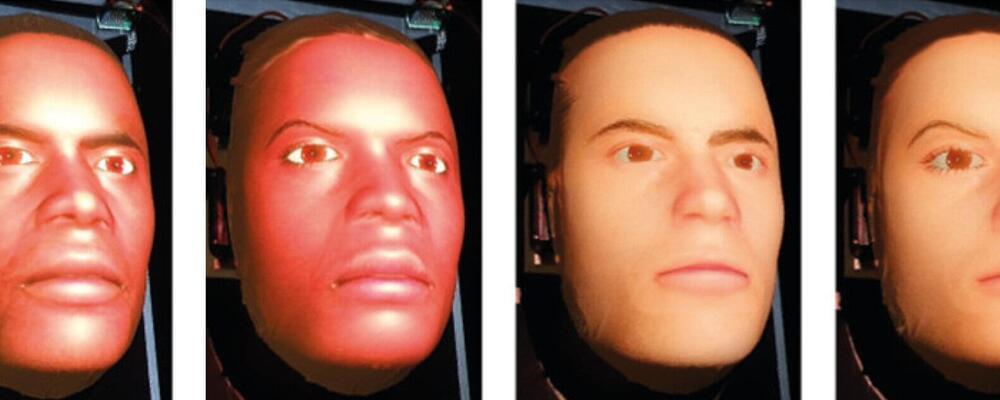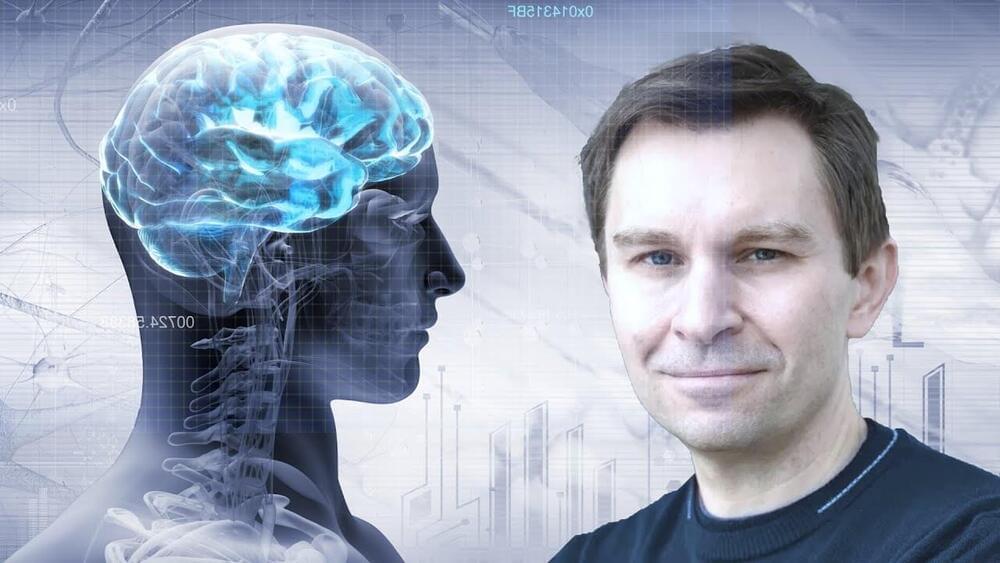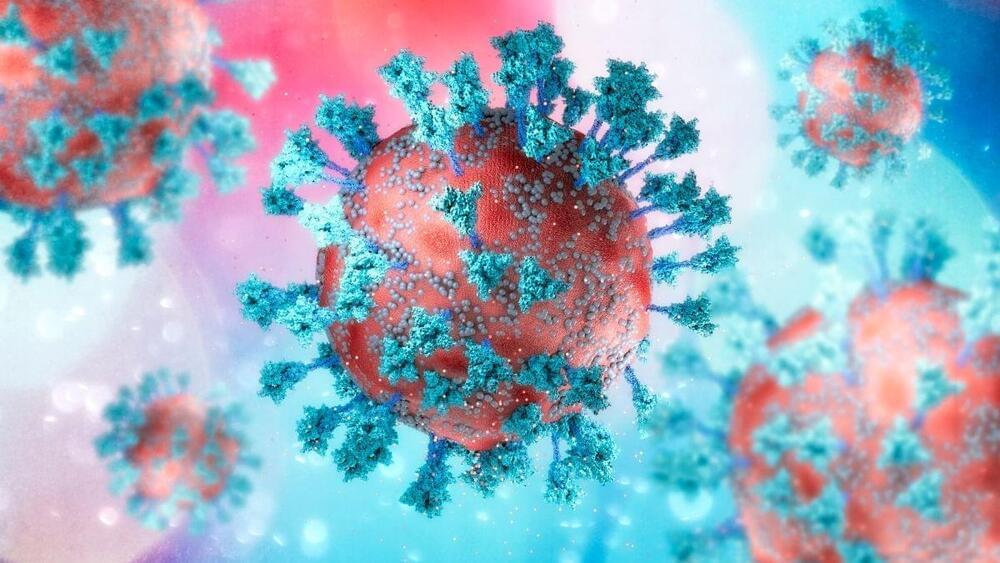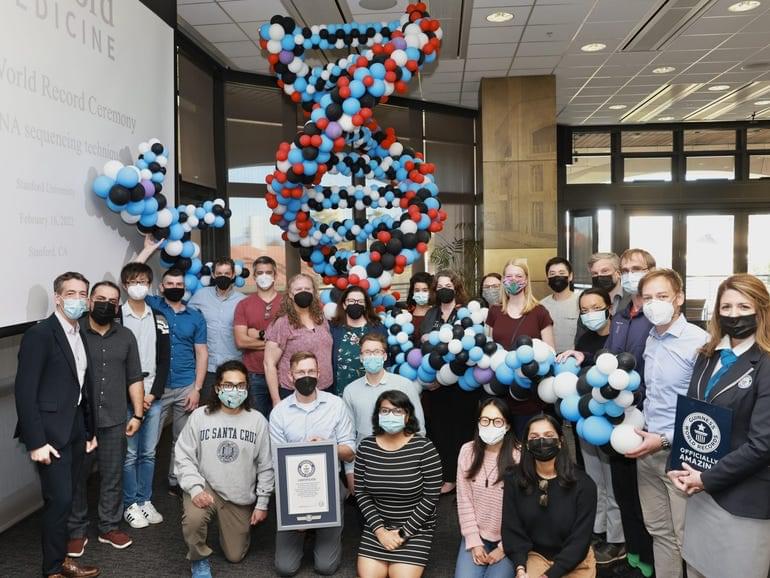Mar 13, 2022
Training robots with realistic pain expressions can reduce doctors’ risk of causing pain during physical exams
Posted by Dan Breeden in categories: biotech/medical, robotics/AI
A new approach to producing realistic expressions of pain on robotic patients could help to reduce error and bias during physical examination.
A team led by researchers at Imperial College London has developed a way to generate more accurate expressions of pain on the face of medical training robots during physical examination of painful areas.
Findings, published today in Scientific Reports, suggest this could help teach trainee doctors to use clues hidden in patient facial expressions to minimize the force necessary for physical examinations.


















